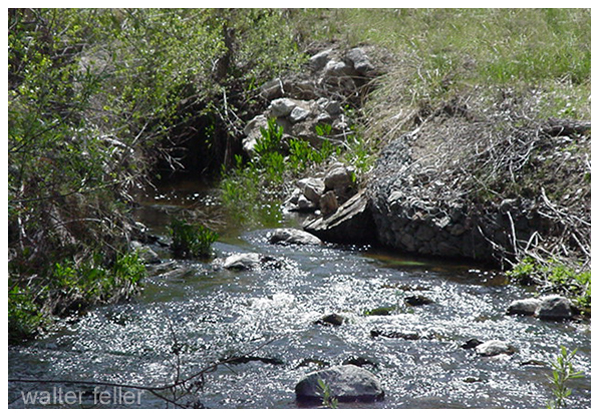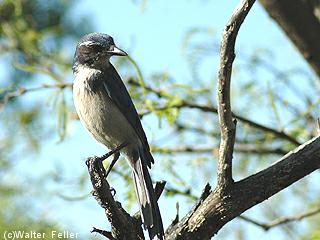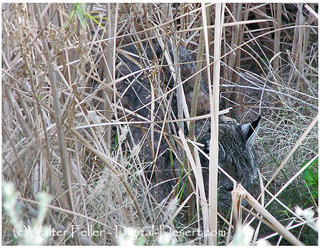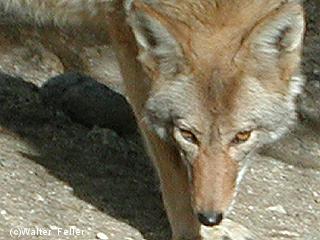Natural History of Fort Tejon

The plant and animal life to be found here is unique due to the parkís geographical location at the confluence of several
ecological regions, including the
Mojave Desert, the Central Valley, the
Sierra Nevada, and
southern California. The parkís natural
vegetation is dominated by oak woodlands, which provide forage and shelter for a
variety of wildlife, including the California
condor. Look for
scrub jays,
as well as red-shafted flickers and other woodpeckers, who feed on the acorns. The presence
of a year-round creek in an otherwise arid climate also serves to attract many animals
to the park, and the riparian woodland and freshwater marsh along Grapevine Creek are home to myriad birds and
reptiles.
Almost all of the
mammals
found in the area, which include blacktailed deer,
blacktailed hare, Beechey ground squirrels,
bobcats,
badgers,
and opossum, frequent these wetlands during the summer for water. The parkís meadows and grasslands are home to insects,
seed-eating birds, and small mammals. As a result, they are also fertile hunting grounds for
raptors,
coyotes, and gray foxes.
The land the park sits on is highly active geologically. This area experienced one of the greatest earthquakes ever recorded in the
U.S.
In 1857 an earthquake of approximately 7.9 to 8.2 magnitude
struck here along the
San Andreas Fault,
leaving an amazing surface rupture scar over 220 miles long.
source- State of California Parks


